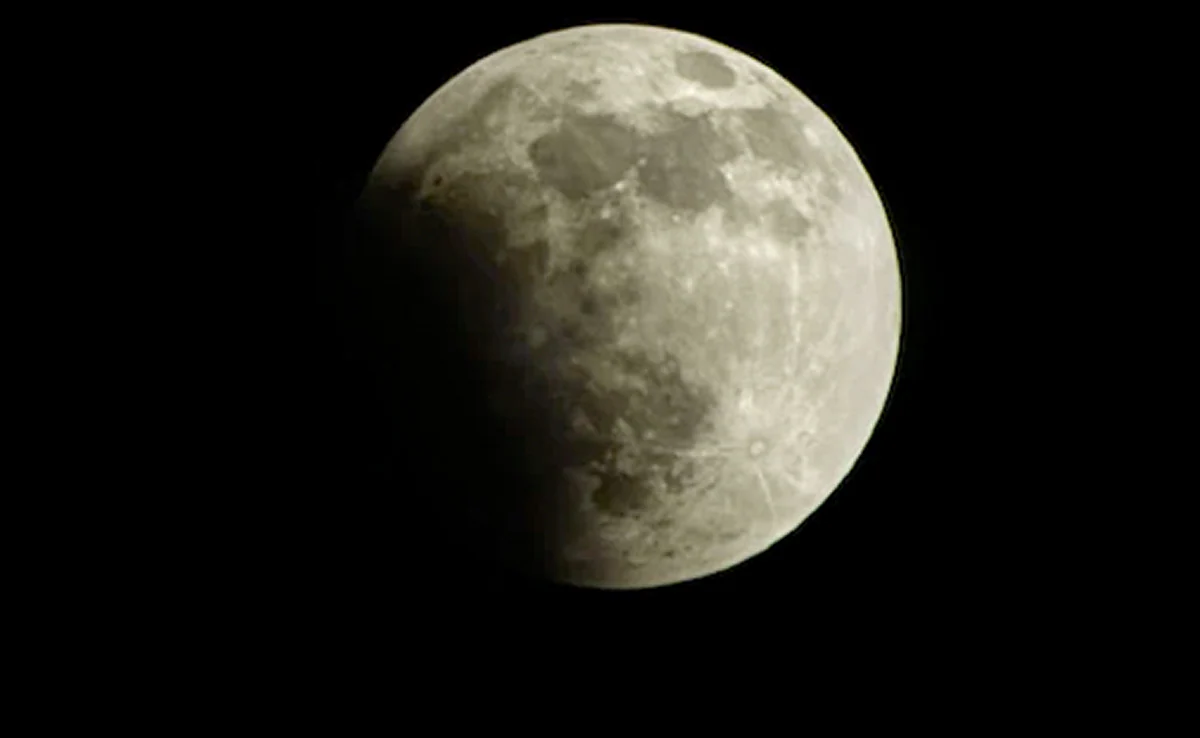Holi Lunar Eclipse 2024: Aligning Astronomical Wonder with Cultural Festivity
As India gears up to celebrate the vibrant festival of Holi on March 25, 2024, an astronomical spectacle is set to unfold in the skies above. Coinciding with the festivities, the first lunar eclipse of the year will grace the heavens, offering a unique celestial display. Let’s delve into the details of this captivating event and its intersection with the cherished traditions of Holi.
Penumbral Eclipse Amidst Festive Revelry
The penumbral lunar eclipse is scheduled to commence at 10:23 AM Indian Standard Time (IST) on Monday morning, March 25, 2024. Lasting for approximately 4 hours and 39 minutes, the eclipse will draw to a close by 3:02 PM IST. During this celestial phenomenon, the moon will pass through the Earth’s penumbra, casting a subtle shadow over its surface. However, while spectators in North and South America will witness this mesmerizing event, observers in India will miss out on the visual spectacle.
Harmony of Festivities and Astronomical Marvels
Amidst the colorful festivities of Holi, marked by the joyful splashing of colors and the lighting of bonfires during Holika Dahan, the lunar eclipse adds an extra layer of intrigue. Holi, a festival steeped in mythology and tradition, pays homage to the eternal love of Radha and Krishna, with devotees across the nation celebrating the triumph of good over evil.
Cultural Implications and Religious Observances
Despite the eclipse remaining unseen in India, concerns arose regarding its potential impact on religious observances. Traditionally, the sutak period, a time of religious restraint, is observed during celestial events. However, with the eclipse remaining invisible, there is no requirement to adhere to these restrictions. As a result, Holi rituals and prayers can proceed unhindered, allowing devotees to immerse themselves fully in the festive spirit.
Understanding the Penumbral Eclipse
As described by NASA, a penumbral eclipse occurs when the moon traverses the faint outer region of the Earth’s shadow, known as the penumbra. This subtle dimming effect makes the eclipse challenging to discern compared to total or partial lunar eclipses. Nevertheless, the alignment of the Sun, Earth, and Moon creates a captivating astronomical phenomenon, captivating observers worldwide.
Looking Ahead: Next Lunar Eclipse
While the Holi lunar eclipse captivates sky gazers and festival-goers alike, anticipation builds for future celestial events. NASA predicts a partial lunar eclipse slated for September 18, 2024, promising another spectacle for observers in America, Europe, and Africa to behold.
As India embraces the festive fervor of Holi, the celestial dance of the lunar eclipse adds a touch of cosmic wonder to this joyous occasion. Despite the eclipse remaining unseen, its harmonious convergence with cultural celebrations underscores the timeless interplay between human traditions and celestial marvels.







